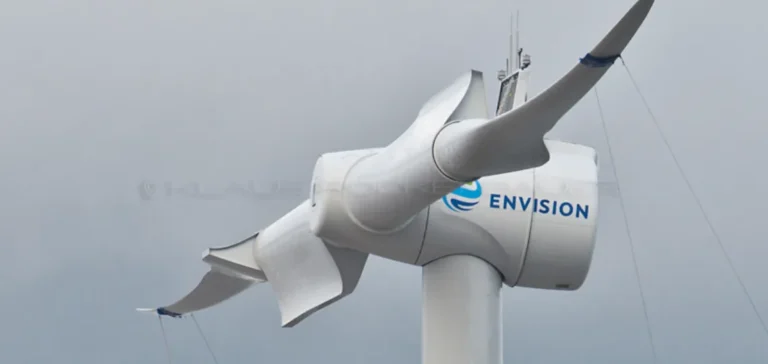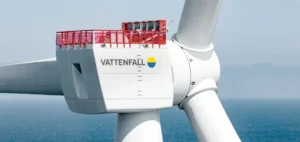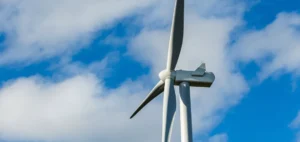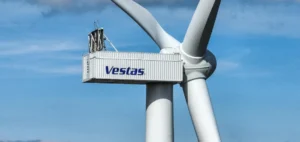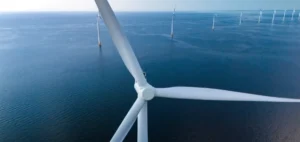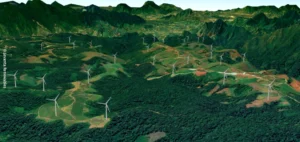The onshore wind sector welcomes a significant technological development with the prolonged testing of the two-blade prototype designed by Envision Energy. After more than 500 days of field trials, the turbine recorded 99.3% availability, a mean time between failures of 2,444 hours, and 3,048 full-load equivalent hours per year. This performance places the machine on the same level as three-blade models installed in the same area.
A technical breakthrough based on the Model X platform
The model is based on Envision Energy’s onshore Model X platform, integrating a modular architecture and a Doubly-Fed Induction Generator (DFIG) technology optimised for stability. This design aims to combine high efficiency, reduced weight, and overall system effectiveness in order to offer a competitive solution in the constantly evolving green energy market.
Technical teams state that they have overcome major challenges specific to two-blade engineering, such as excessive vibration and imbalance of mechanical loads. According to Lou Yimin, Senior Vice President and Chief Product Officer at Envision Energy, the long-term validation of the new generation two-blade wind turbine is a first on the market, marking a step forward in wind innovation.
Ten years of research and industrial validation
Envision Energy began its research on two-blade technology in 2012, with the development of a 3.6 megawatt offshore prototype by its global innovation centre based in Denmark. This experience has enabled the company to accumulate significant industrial and operational know-how, which has been leveraged for the new generation currently under test.
The validation process has drawn on advanced testing infrastructure, including one of the industry’s first multi-degree-of-freedom test benches to simulate and certify dozens of operating conditions specific to the two-blade design. All parameters, from dynamic behaviour to energy performance, have been systematically planned and monitored to ensure the maturity of the technology.
Industrial and logistical perspectives
The two-blade design, now validated over the long term, positions itself as an industrial alternative to three-blade solutions, especially in markets where cost control, transportability, and modular deployment are decisive factors. This technological advance broadens the range of options for operators seeking equipment that optimises logistics and installation profitability.
“By overcoming technical challenges long associated with two-blade wind turbines, the team has demonstrated the operational viability of an unprecedented industrial solution,” stated Lou Yimin, Senior Vice President and Chief Product Officer.


